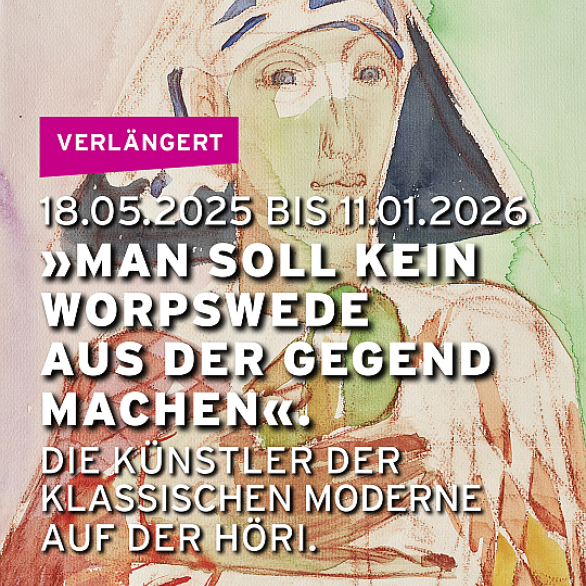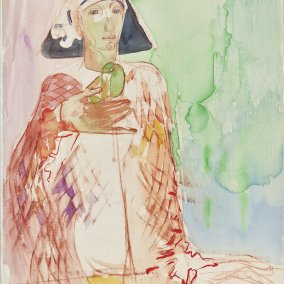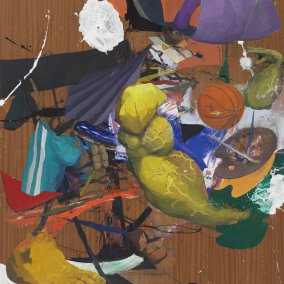In the 1930s and 40s, numerous painters, draughtsmen and sculptors sought refuge from political pressure and war in the seclusion of the Höri peninsula. However, they did not form an artists' colony. "You shouldn't make a Worpswede out of the area...", wrote Ferdinand Macketanz. In fact, the artists, whose names read like a Who's Who of classical modernism, were united neither by style nor origin.
What unites and divides the artists in their "inner emigration" is shown in the exhibition with around 60 works from the collection of the Kunstmuseum Singen - including many new additions. On display are works by Otto Dix, Erich Heckel, Max Ackermann, Curth Georg Becker, Ilse Schmitz, Hans Kindermann, Helmuth Macke, Ferdinand Macketanz, Jean Paul, Rudolf Stuckert, Rose Marie Schnorrenberg and many others. Works by artist friends who found temporary refuge at Lake Constance, such as Julius Bissier, Ludwig Gabriel Schrieber, Franz Lenk, William Straube and others, are also included. Busts and portraits of their collectors and supporters round off the exhibition.
What unites and divides the artists in their "inner emigration" is shown in the exhibition with around 60 works from the collection of the Kunstmuseum Singen - including many new additions. On display are works by Otto Dix, Erich Heckel, Max Ackermann, Curth Georg Becker, Ilse Schmitz, Hans Kindermann, Helmuth Macke, Ferdinand Macketanz, Jean Paul, Rudolf Stuckert, Rose Marie Schnorrenberg and many others. Works by artist friends who found temporary refuge at Lake Constance, such as Julius Bissier, Ludwig Gabriel Schrieber, Franz Lenk, William Straube and others, are also included. Busts and portraits of their collectors and supporters round off the exhibition.



